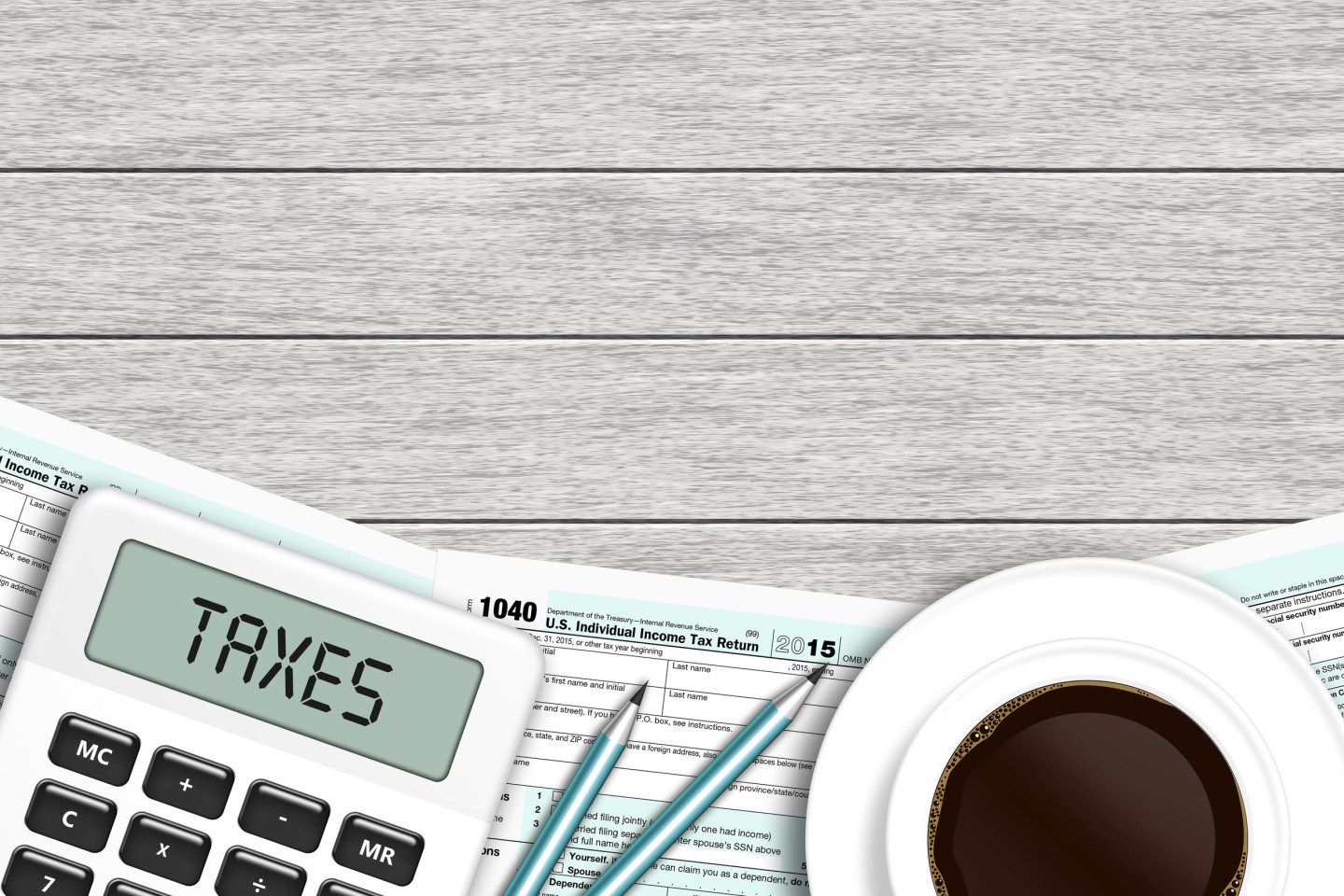Tax Treatment of defined benefit income streams post 30 June 2017
• These pensions differ from conventional account based pensions in that the annual payments are not based primarily on an identifiable account balance, but usually with reference to the recipient’s final salary. They are generally non-commutable; hence the ability to commute an account value in excess of the $1.6m cap is not available.
• The valuation of defined benefit pension accounts for transfer balance cap purposes is the first payment for the 2018 year grossed up to the corresponding annual amount and then multiplied by 16.
• Alternatively for market linked or other fixed term pensions, the transfer balance cap value is calculated as the first payment for 2018 year annualised and multiplied by the remaining term of the pension.
• Either valuation method may result in an account balance in excess of the allowable $1.6m cap. As these pensions cannot be commuted to reduce the pension account balance to $1.6m there is instead a limit to the amount of tax free income that can be received annually from these income streams.
All income streams will also have at least one of the following components, being the tax free, the taxed and the untaxed.
The tax free component of an income stream is non assessable, and therefore tax is not payable on receipt of that component. The taxable component of an income stream is from a source which has paid tax on its income, but it may still be assessable and taxable to the recipient.
The untaxed component of an income stream is the amount which has not been taxed at any time prior to the pensioner receiving it. This last component is mostly from government backed or constitutionally protected funds. These amounts are almost always taxble in the hands of the recipient.
• From 1 July 2017 the income stream from a defined benefit pension will maintain its tax free status for a recipient over the age of 60, provided it contains only tax free or taxed components - but only up to an amount not exceeding the general transfer balance cap divided by 16. This is 1.6m divided by 16, or $100,000 per annum.
• If the sum of tax free and/or taxed pension components exceeds $100,000, then 50% of the amount in excess of 100K is assessable at the recipient’s marginal tax rate, and tax may be payable accordingly.
For example:
A pension recipient aged over 60 years receiving an income stream comprising tax free and taxed components totalling $150,000 per annum. Up to the end of the 2017 financial year, this pension would have been tax free.
In the 2018 financial year, 50% of this amount or $25,000 will be assessable to the individual at their relevant marginal rate of tax.
• If any of the pension income is from an untaxed source, that component is already included as assessable income, and taxed at the individual’s marginal tax rate. A 10% tax offset is available, for those over age 60. The offset is calculated as 10% of the gross untaxed component of the pension and reduces any tax payable accordingly.
From 1 July 2017 the 10% tax offset will be reduced where the total gross pension, [irrespective of the individual components], exceeds 100k. The reduction of the tax offset is equal to 10% of the amount by which the total pension exceeds $100k.
For example:
A pensioner receives a defined benefit income stream of $190,000, of which $150,000 is an untaxed component, the remainder is tax free. In the 2017 financial year, the $150,000 untaxed component would be assessed at marginal rates, but qualify for a 10%, or $15,000 tax offset.
In the 2018 year, the $150,000 untaxed component is still assessable, but the tax offset is now only $6,000, being $15,000, less 10% of ($190,000 - $100,000). The $40,000 tax-free component whilst not itself assessable, has been taken into account by reducing the available tax offset.







